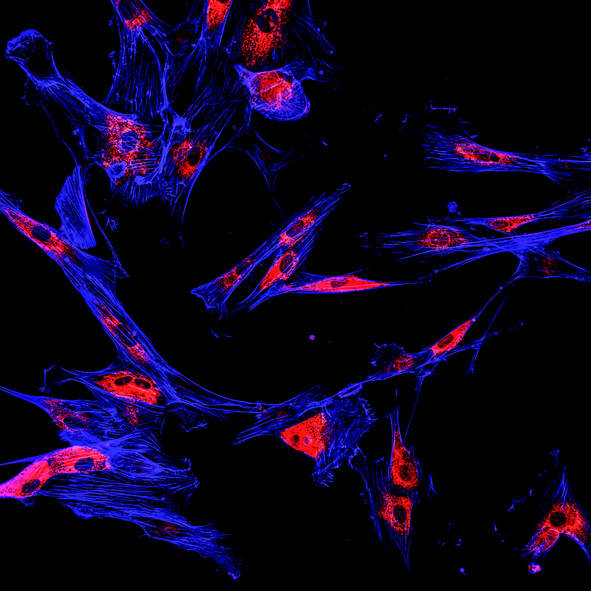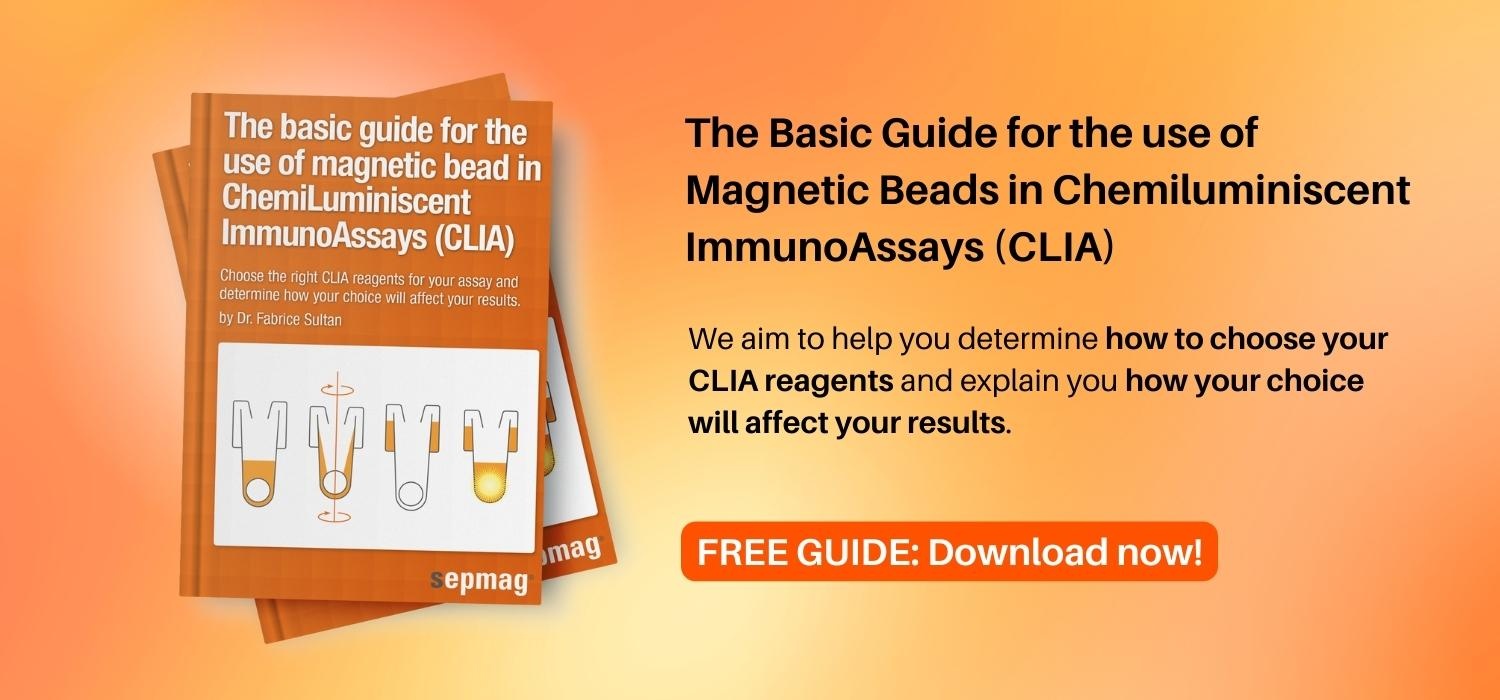Fluorescent nanoparticle is a general term that many people assume means any nanoscale material that produces fluorescence upon excitation with incident light. However, there is actually a thing called a conjugated polymer nanoparticle (CPN) that is very different from the fluorescent dyes (think Alexa fluorophores) that many of us are used to. These CPNs produce higher intensity fluorescence than dyes (up to 1000x brighter!), are stable and much less susceptible to quenching, and don’t contain toxic cadmium like quantum dots. These conjugated polymer fluorescent nanoparticles will likely be at the forefront of future bioimaging methods.
How conjugated polymer fluorescent nanoparticles work
Conjugated polymers differ from standard polymers in their carbon bond structure; conjugated polymers have alternating single and double carbon-carbon bonds, while your average polymer is made only of single carbon bonds. This structural difference is important because the double bond has pi-orbitals with electrons populating the space above and below the sigma bond. These pi bond electrons have greater mobility than sigma bond electrons, and can become delocalized and shared across alternating single and double carbon bond structures. This creates a situation where electrons can travel throughout the polymer, which results in a conductive polymer. Conjugated polymers are fluorescent when incident light creates excitons (electron-hole pairs) in an excited energy state that relax back down to a lower energy state via a radiative (luminescence) process. In this way, the CPN is unique because the fluorescent property is inherent to the material instead of being due to a secondary fluorescent labeling process. It is no longer necessary to work out a strategy for the fluorescent labeling of nanoparticles or nanobeads, we simple need to synthesize the CPNs that innately display fluorescent properties.
Common fluorescent CPNs include:
- PFO, polydioctylfluorene, (absorption 380 nm/emission 435 nm), blue fluorescence
- PPE, poly(p-phenylene ethynylene) (390/440), blue
- PFPV, poly[2-methoxy-5-(2-ethylhexyloxy)-2,7-(9,9-dioctylfluorene)], (445/510), green
- PFBT, poly(9,9-dioctylfluorene-2,7-diyl-co-benzothiadiazole), (450/545), yellow green
- MEHPPV, poly[2-methoxy-5-(2-ethylhexyloxy)-1,4-phenylenevinylene], (485/590), red
These five fluorescent CPNs cover a wide range of fluorescent spectra and can be used for fluorescent labeling of tissue, fluorescent cell sorting techniques, and other bioimaging. Some work has indicated that minor changes to the polymer structure can alter the excitation and emission spectra of the CPNs enough to increase the number of usable fluorescent wavelengths. This fine-tuning will be especially useful in fluorescent activated cell sorting because it will allow for more sophisticated labeling and gating strategies.
Synthesis of conjugated polymer fluorescent nanoparticles
Conjuated polymers are first synthesized via standard polymerization methods such as Suzuki coupling, Heck coupling, Sonogashira coupling, and oxidative polymerization. This results in long polymer chains. From here, these polymer chains need to be reformed into nanoparticles with approximately spherical shape. Conjugated polymer nanoparticles are then synthesized via miniemulsion and reprecipitation polymerization methods. The miniemulsion method utilizes the separating behavior of hydrophobic solvent and hydrophilic solvent. This is the sample principle at work in an immiscible mixture of oil and vinegar. The small droplets of hydrophobic solvent containing polymer are forced into aqueous solution using ultrasonication. As solvent is extracted the nanoparticles are stabilized in the aqueous solution by surfactant. The reprecipitation method involves a polymer dissolved in a good solvent being added to a poor solvent with ultrasonication. The polymer precipitates into nanoparticles due to exposure to the poor solvent. A higher concentration of conjugated polymer results in larger nanoparticles.
Fluorescent nanoparticles are the way of the future for bio imaging applications because of their nontoxicity and stability. Many are already commercially available and ready for testing!
Related news





